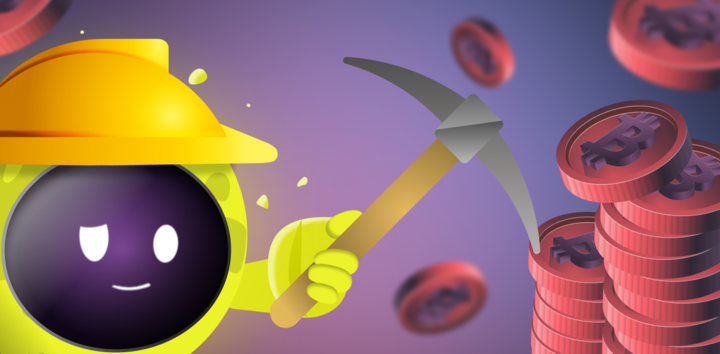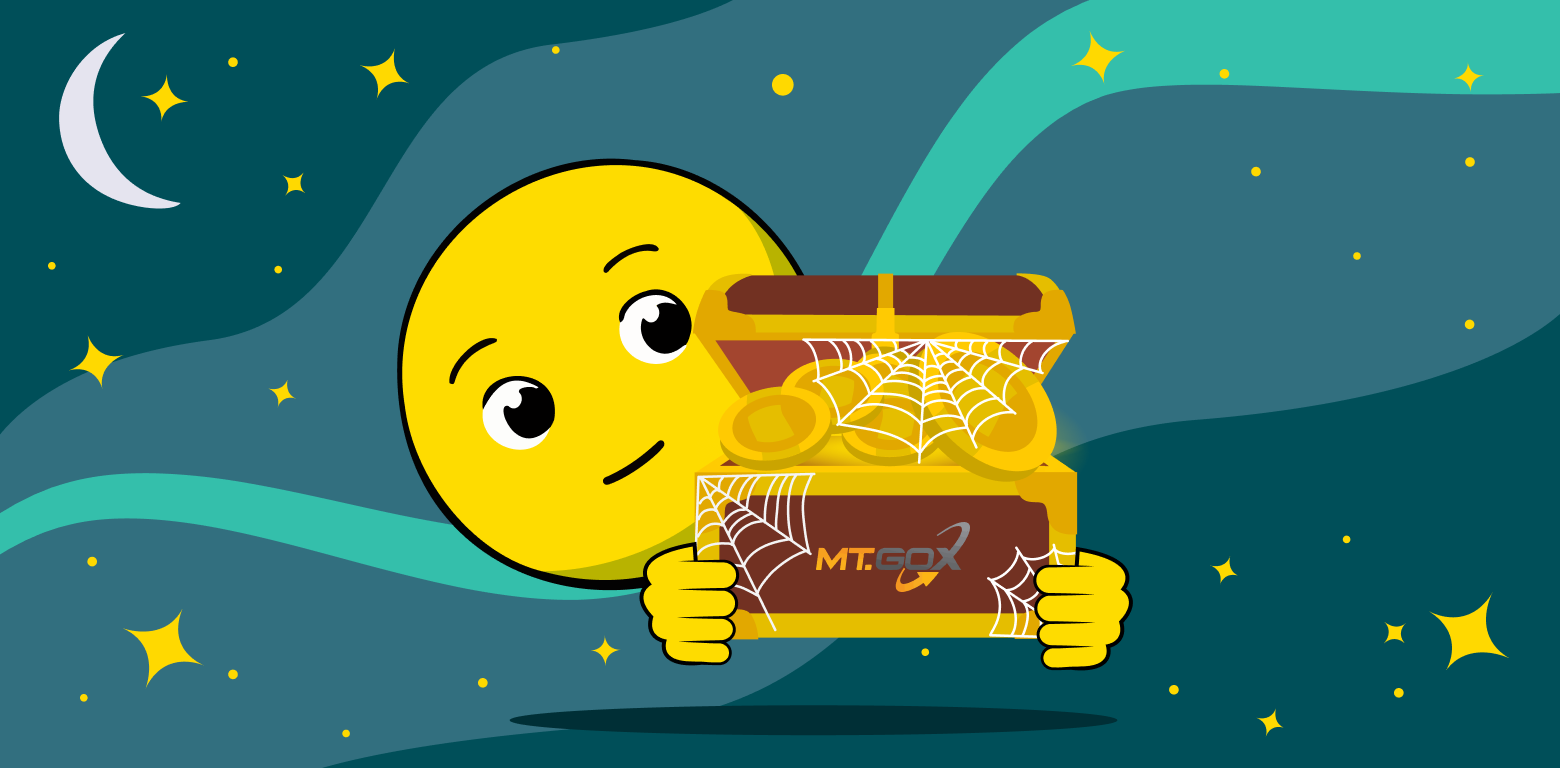
Introduction
One of the most remarkable moments for the crypto industry in 2020 took place in August, when decentralized exchanges (DEXs) surprised the world with a trading volume growth of 247% with respect to the previous month, while centralized exchanges (CEXs) could “only” keep it up to the humble amount of an 85% growth. Fast developments in the DeFi space such as liquidity mining, yield farming, and governance tokens have mostly been the ones responsible for the huge increase in trading on DEXs. Let’s find out what makes them so attractive and which ones you should keep an eye on:
Characteristics of DEXs
- Non-custodial: Popular CEXs like Binance or Coinbase have frequently been criticized for their ability to be the ultimate custodians of any user’s private keys, and therefore their assets. Some may argue that this allows them to manipulate funds as they see fit, just like banks hold their customers’ fiats and move them around all the time. At DEXs, this is no longer possible because irrevocable ownership of the assets is guaranteed to any user.Automated: Most DEXs use the Automated Market Maker (AMM) algorithm to facilitate trading, which allows fast transactions free of intermediaries and keeps liquidity at healthy levels.
- Low trading fees and intuitive interface: swapping digital assets without having to break down the trickiness of the process had never been so inexpensive as with DEXs.
- A higher degree of anonymity: only a link to a wallet is required to start trading, no need to spend your time signing up and filling in your social security number and other personal data to be granted access.
How do DEXs work?
Sellers and buyers are connected through a global liquidity pool, which instead of being centrally managed and organized, works on a series of self-executing smart contracts that include automated processes to bring each transaction to its best price. Usually, any user must connect their external wallet, where they can easily deposit their funds in fiat and convert them into cryptos so that they can operate at the DEX with the cryptocurrency of their choice.One of the main disadvantages that most DEXs present is the absence of an option to swap fiat for cryptocurrencies at their platforms. While there are a few DEXs that allow this possibility, most of them will require you to trade with a cryptocurrency that you will have to hold in your possession previously.
Key DEXs features to ponder
- Slippage: this is usually the product of high volatility in the markets when large price fluctuations make the trade take place at a lower price than the one attempted for in the first place. Good protection against this can be applied by trying to avoid trading coin pairs with respectively low market cap, despite most DEXs will show you the expected slippage on their sites.
- Trading volume: it’s no secret that exchanges with larger relative volume will reach a wider audience and therefore become a higher trusted place.
- Audit record: Every reputable DEX will have to go through strict scrutiny before they’re allowed to be publicly available. Checking for audit history is never a bad idea when choosing to trade on a new platform.
- Beta mode: you may encounter a few exchange projects that have not yet been developed to their full potential. While some of them could perfectly be the next big thing, it is a riskier choice for newcomers who are looking for some first experience.
- Social media: surveying the social platforms of projects will show you how engaged their community is with them and among themselves, which is a good metric to decide your DEX of choice on.
Best decentralized exchange: top picks
Uniswap
Probably the most popular DEX of the industry since August 2020, Uniswap was born to serve 2 purposes that have proven to be highly successful. The first one was to be an exchange within the Ethereum ecosystem, and the second one to use its own liquidity providing protocol, otherwise known as the automated market maker. It currently supports any pair of swapping with Ethereum assets and has low gas fees.
Curve
Curve is the place to go if you’re looking for one of the most efficient stablecoin trading exchanges at an incredibly low rate of slippage. With a simple interface and some of the safest smart contracts in the entire DeFi landscape, Curve is an excellent place to trade any of the most popular stablecoins like DAI, USDC, USDT, TUSD, BUSD, PAX, and sUSD.
Kyber
This on-chain liquidity protocol acts both as an Ethereum-based smart contract swapping platform, and as a liquidity aggregator that always uses the pool with the best exchange rate possible, regardless of where the orders have been placed from. Its liquidity-accessing interface can be integrated from: smart contracts and Dapps to wallets and vendors. They use their native token, Kyber Network Crystals ($KNC), for rewards in trading fees and governance.
Bisq
Bisq is a simple and intuitive DeFi project where trading fiat for well over 120 cryptocurrencies is possible. Their degree of decentralization is such that there isn’t even an automated mechanism for finding the best matches between buyers and sellers. Instead, users must manually search for orders in their trading pair of choice, which Bisq argues to be the truest form of peer-to-peer trading. Operating as a client and not as a company, they guarantee that security, non-censorship, and transparency will never be taken away by anything or anyone.
1inch
1inch is one of the leading DEX aggregators of the market, which works by connecting users to the best and cheapest prices of different DEXs. Trading fees vary across different exchanges, and 1inch has found a way to automatically connect any user with the best deal they can get. On Christmas Day 2020, they launched their own 1INCH governance token, which users can buy and hold to vote on how the platform is run.
0x
0x is where tokenization happens. Literally. This revolutionary project believes in the possibility to create tokens for virtually any form of value, whether it be cryptocurrencies, bonds, real estate, or software licenses. They firmly believe that what the internet did to information, public blockchains can do to financial services. Their own token is ZRX, used to pay for transaction fees and since 2019, acting as a governance mechanism as well.
Conclusion
DEXs’ popularity and usability are growing at a fast pace and it is highly supported by the significant progress made in their technology. There’s plenty of reasons to expect their presence to increase and to keep on gaining market share to CEXs, as DeFi continues to develop at high speed. There’s still room for improvement and disadvantages to be taken care of, but with a growing community of users rooting for decentralization, we expect DEXs to be a major player in the future. Some of them can be used even here via SwapSpace, a cryptocurrency exchange aggregator.




